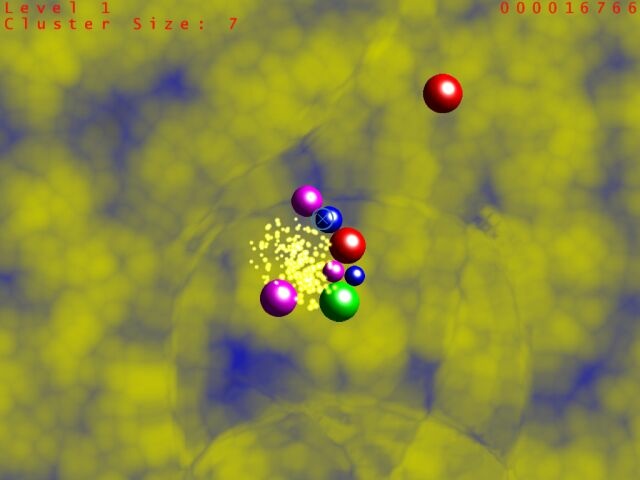 |

Submitted by , posted on 12 July 2003
|
 |

Image Description, by

After starting several game projects and inevitably losing interest when progress slowed down after an initial burst of energy, I decided to try a really simple game design. The idea was that if I knew exactly what I was going to do before I actually did it, I would be able to keep my focus and not get lost in feature bloat or get bogged down trying to do a big project on my own.
The result was Amoebic, a very simple puzzle game. There's not much that's interesting about it from a technical standpoint, aside from the procedural background generator I wrote for it.
Basically, the generator consists of three stages: a basis noise generator, a fractal sum operator which sums up different octaves of noise, and a color map operator. By choosing between several different types of basis noise and color maps, as well as randomly varying parameters for the fractal sum, a range of different backgrounds is generated.
Amoebic is downloadable from http://members.shaw.ca/jordanisaak/amoebic.htm
Jordan Isaak
|
|

